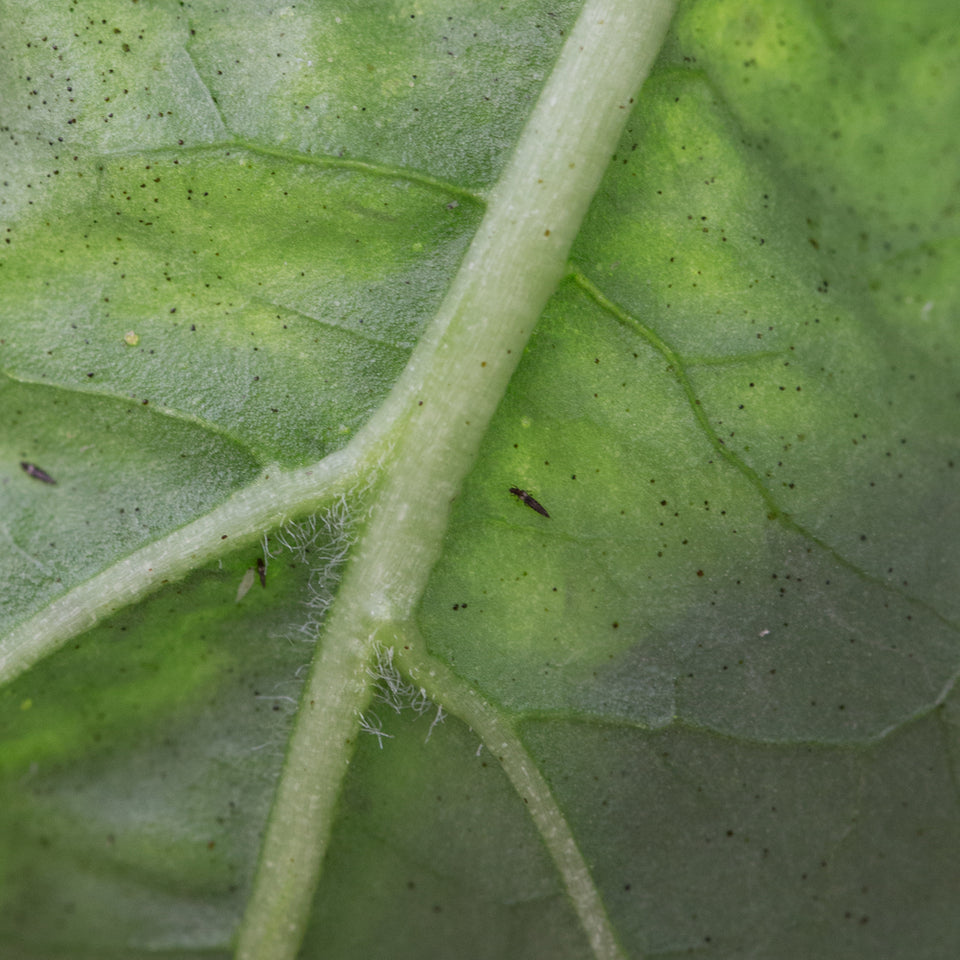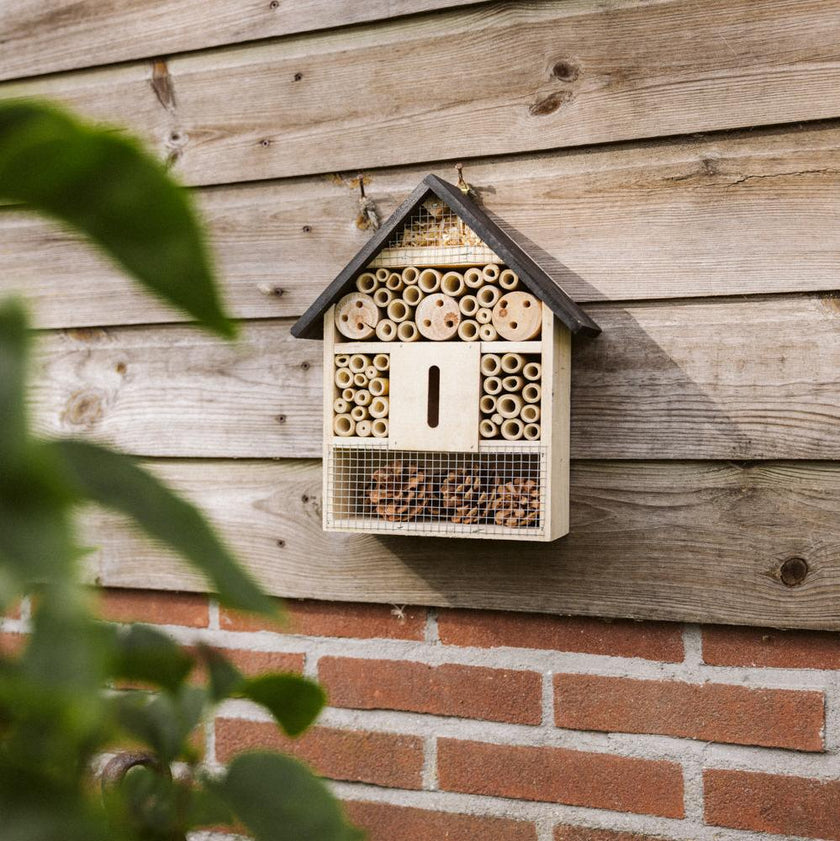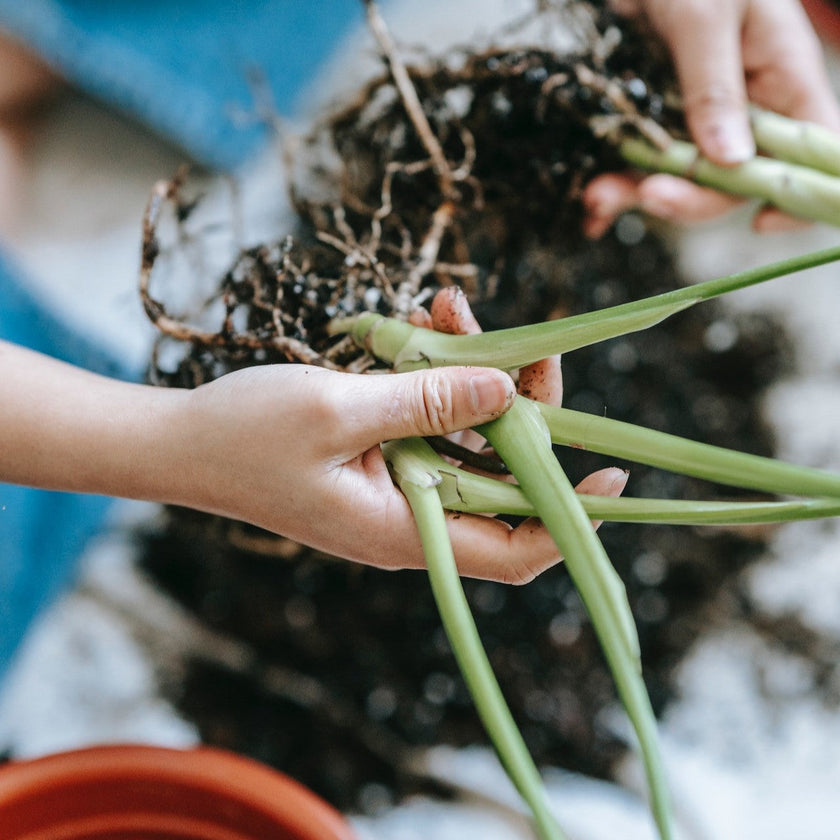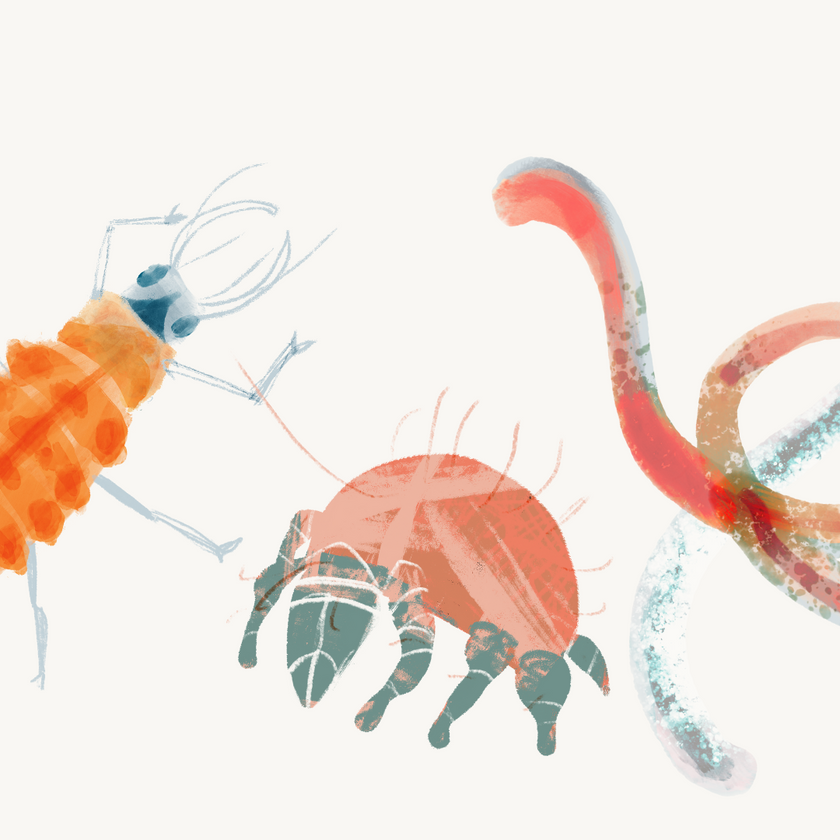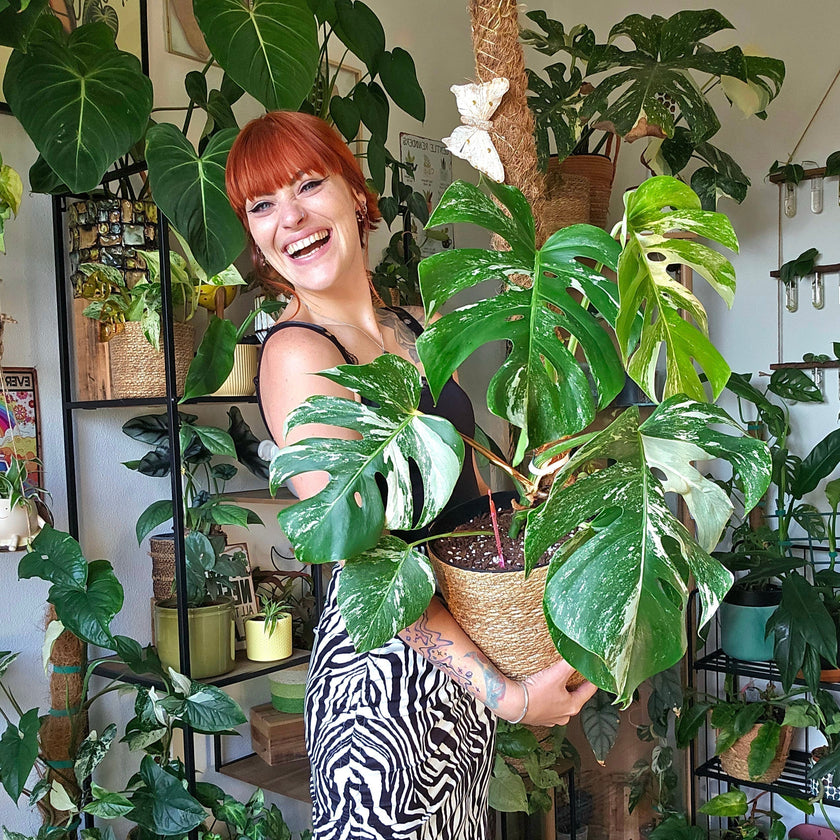The number of thrips species that originate in the Netherlands has grown in recent years. The thrips family mainly consists of exotic thrips species, but don't panic! Most trips are harmless. We discuss in this blog which thrips are dangerous for the houseplant.
Thrips are one of the biggest enemies of houseplants and can quickly develop into large populations. Identifying thrips generally involves looking for elongated, small creatures between 0.5 and 2.5 mm. The small flying insects often sit under the leaves to suck on your green friend's plant cells, causing silver-gray spots. You regularly see black dots in the silver-gray spots. Those black dots are the droppings of thrips. But which trips are a guarantee for a war in the living room?
Frankliniella occidentalis – (California thrips)

The thrips species that causes the most problems is the California thrips. This type of thrips has happened to fly from the southwestern United States and flown to basically all continents by means of transport with infected plants. The California thrips can reproduce very quickly: they can double in number within four days! With this special property they can quickly take down a lonely plant.
It is a small yellow-brown insect only 1 to 1.5 mm long and lays an average of 50 to 100 eggs. The eggs are laid in the leaves, which damages the leaves.
The larvae pupate into adult thrips mainly in the potting soil of the plant, but also on the leaves.
Echinothrips americanus – (Echinotrips)

This monster can be recognized by its elongated body that turns dark brown to black. The light set of the wings is typical for its species. The thrips are 0.8 to 1 mm in size, so you have to look around to find them. Especially because this monster can mainly be found at the bottom of the plant.
Unlike other types of thrips, this species prefers to emerge on the underside of the leaf, in the soil or in other protected places.
Thrips setosus – (Japanese flower thrips)

A fairly recent newcomer in the Netherlands is the Japanese flower thrips. Since 2014 they have been spotted in all kinds of flowers and crops. And you guessed it, it is originally a Japanese species.いらっしゃいませ!
In appearance, the females mainly resemble the Echinothrips americanus . Both have a dark-colored body and light wingtips, but the difference is mainly in their mobility. While Echinothrips mainly lives at the bottom of the plant, this type is high in the plant and can fly relatively well. There is also a difference in eating needs. The Japanese flower thrips like young leaves, while the Echinothrips focuses more on old leaves.
The emergence of Japanese thrips takes place in flowers, the top or bottom of the leaf and in the potting soil.
Want to know more about how to combat thrips? Then read the next page: Insect Heroes - how do you recognize & combat thrips?









































